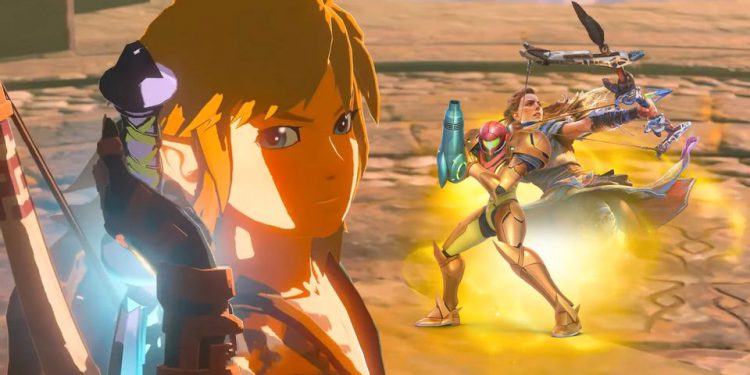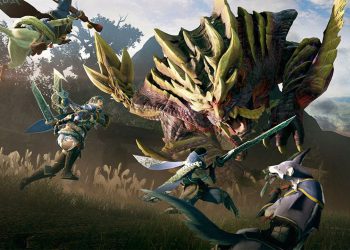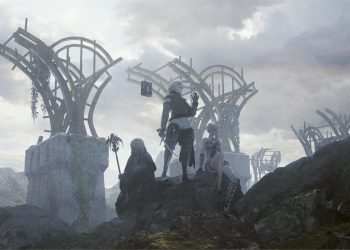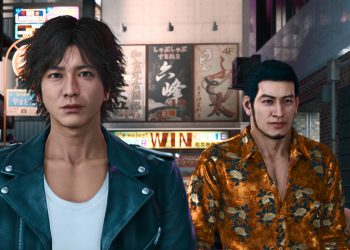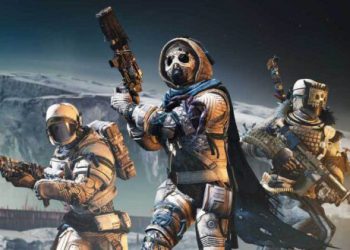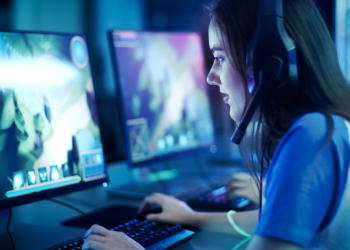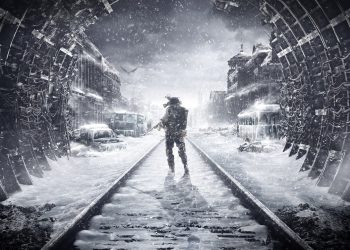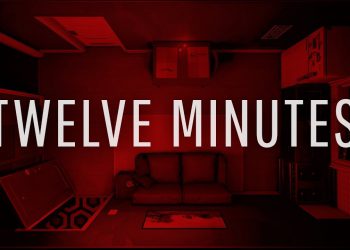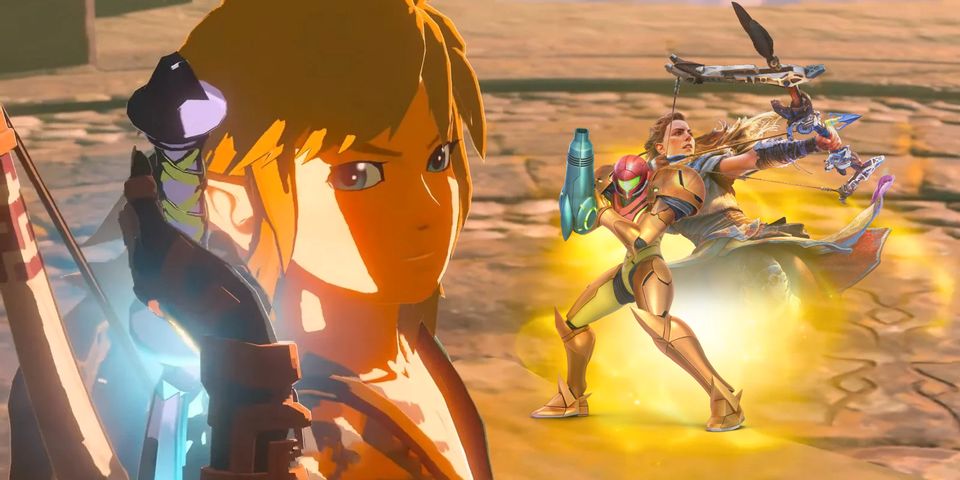
Nintendo has a strong type of Switch games in 2022, from already released titles like Pokemon Legends: Arceus or Kirby and the Forgotten Land to the upcoming Splatoon 3, Xenoblade Chronicles 3, and Pokemon Scarlet and Violet. However, The Legend of Zelda: Breath of the Wild 2 can't be looked at on this list. The anticipated Breath from the Wild sequel saw a delay a week ago, shifting its vague 2022 release window to some a little more concrete spring 2023.
Given how little of the game has been confirmed off thus far – with trailers only appearing at E3 2022 and 2022 – this delay seems appropriate. Even though Breath from the Wild 2 uses the engine and many of the same assets as its predecessor, series producer Eiji Aonuma put out a statement alongside the delay that confirms its scope is going to be further expanded than fans are said. There will also be more features, encounters, and gameplay elements according to Aonuma, and underpinning this was new footage of Link to a uniquely ruined Master Sword. As intriguing as this looks, Nintendo needs to be careful about toying with the trope of depowering its iconic protagonist.
Resetting Protagonists in Video Game Sequels
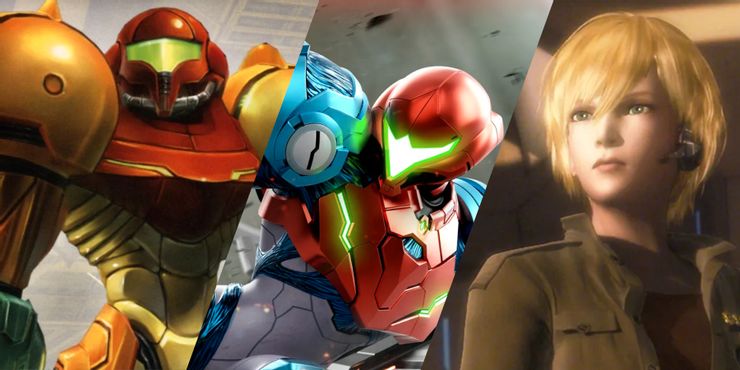
Video games are an interactive medium, and therefore many titles incorporate character growth into their narratives as a way of justifying increased mechanical complexity for the player. "Metroidvania" titles make the perfect illustration of this, having a character like Samus Aran obtaining items throughout her journeys across each anthill-shaped alien world which will make her better equipped to battle and explore; unlocking new areas and lore along the way. However, this helps make the Metroid series an illustration of this the necessity to depower a protagonist.
While individual narratives may exist in vacuum pressure, sequels and prequels can complicate things. Even when one story continues directly into another, that next story technically exists in the own game with a mechanic on-ramp. There's no guarantee someone plays Super Metroid before Metroid Fusion, for instance, as well as if they have a sequel could be boring and tedious if Samus was fully powered from the get-go. Thus, Fusion removes Samus' power by rendering her bedridden after a viral infection, and it is sequel Metroid Dread has Raven Beak steal Samus' abilities like a perverse test to awaken her potential.
Metroid is only some of the series responsible for this. Guerrilla Games' Horizon Forbidden West is one recent illustration of a sequel that depowers its protagonist Aloy following her first adventure in Zero Dawn. When she runs into Varl at the beginning, Aloy's "traveling light" without all of the gear she once used to steer clear of the AI threat HADES is hand-waved. However, this is an illustration of the trope done well given Aloy retains core learned functions like overriding machines, leaving room to grow in new ways.
Breath of the Wild's Master Sword Changes the Sequel Narrative
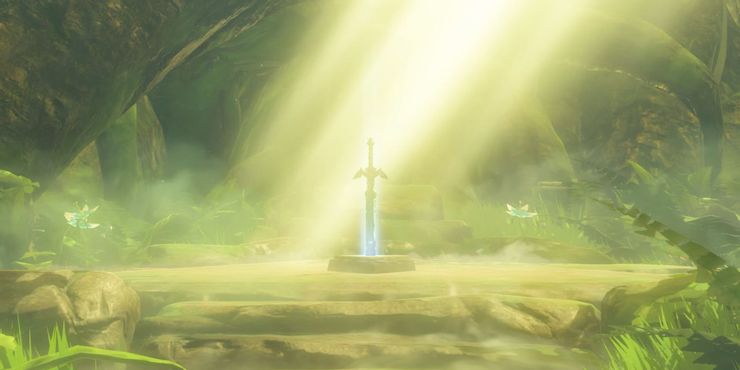
Despite having over 35 years' price of beloved adventures usually starring a hyperlink, Princess Zelda, and Ganondorf within the land of Hyrule, The Legend of Zelda rarely incurs difficulties with depowering its protagonist. Every game is connected in a messy Zelda timeline, usually they're all treated as different takes on the same mythology. Ocarina of Time and Skyward Sword's Link are not the same character, meaning there's no need to explain why they each have personal growth arcs and different abilities.
For those rare Legend of Zelda games with direct sequels, Link's power loss is often explained by him getting pulled into an unfamiliar or even mystical place. In Majora's Mask, the Ocarina of Time-era Link falls right into a new world and is converted into a Deku Scrub; meanwhile in Phantom Hourglass, the Wind Waker-era Link falls off Tetra's boat and washes in a brand new stretch of ocean on his own. The experience in Link's Awakening is undertaken by A Connect to the Past's Link, but happens entirely in a dream realm.
Breath from the Wild 2 is a more interesting case. It's technically not required for Link to pick up his iconic Master Sword in Breath of the Wild's open-world Hyrule; he can run straight to Calamity Ganon after leaving the truly amazing Plateau tutorial area. Yet trailers for Breath of the Wild 2 clearly imply Link visiting the Lost Woods to free the blade is canon. Furthermore, time travel in Hyrule Warriors: Chronilogical age of Calamity implies Link has gone through his full journey to free the Divine Beasts and prevent Calamity Ganon, leaving him stronger and fulfilled compared to amnesiac who awakens in the Shrine of Resurrection.
Breath from the Wild 2 Can't Revert Link's Character – Again
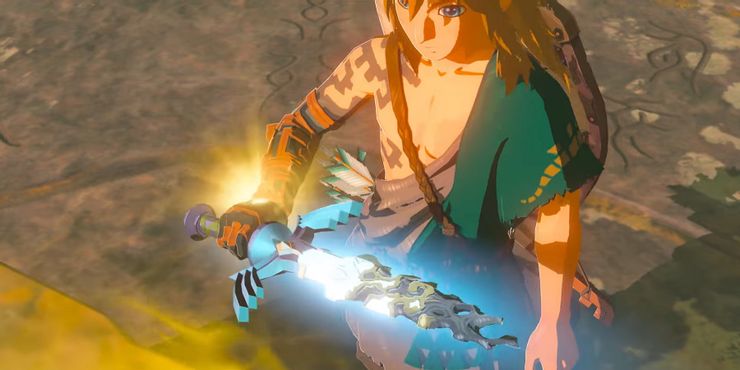
The brief snippet of footage included in Breath from the Wild 2's delay announcement shows Link drawing the actual Sword, which is normal to some extent before gradually becoming a decayed blade – charred black and spotted with holes. It's likely the dark entity Link and Zelda discover under Hyrule Castle (potentially Ganondorf) is responsible, though for the time being details are uncertain. What Nintendo must bear in mind is that it shouldn't sacrifice all Link's previous growth at the altar of wiping the gameplay slate clean.
Some of the best games utilizing the depowered protagonist trope thrive because they center a character that has grown and now must find novel solutions to their fresh powerlessness. Metroid Prime is often touted for giving Samus her full array of gear throughout the tutorial after which stripping it away, leaving players to build up towards the power level they know Samus can display. Breath of the Wild 2 could make a move similar, with Link being all-powerful after his first adventure before facing a business beyond comprehension which brings him back down a peg.
However, with Breath of the Wild centering its narrative around Link rebuilding his skills and memories after nearly dying within the war against Calamity Ganon A century prior, it would be disheartening for Nintendo to consider everything away again for that sequel. The broken Master Sword is emblematic of the careful line to walk, as players who spent one whole game unlocking its potential require a good reason to do so again.
The Legend of Zelda: Breath from the Wild 2 releases in spring 2023 for Nintendo Switch.


